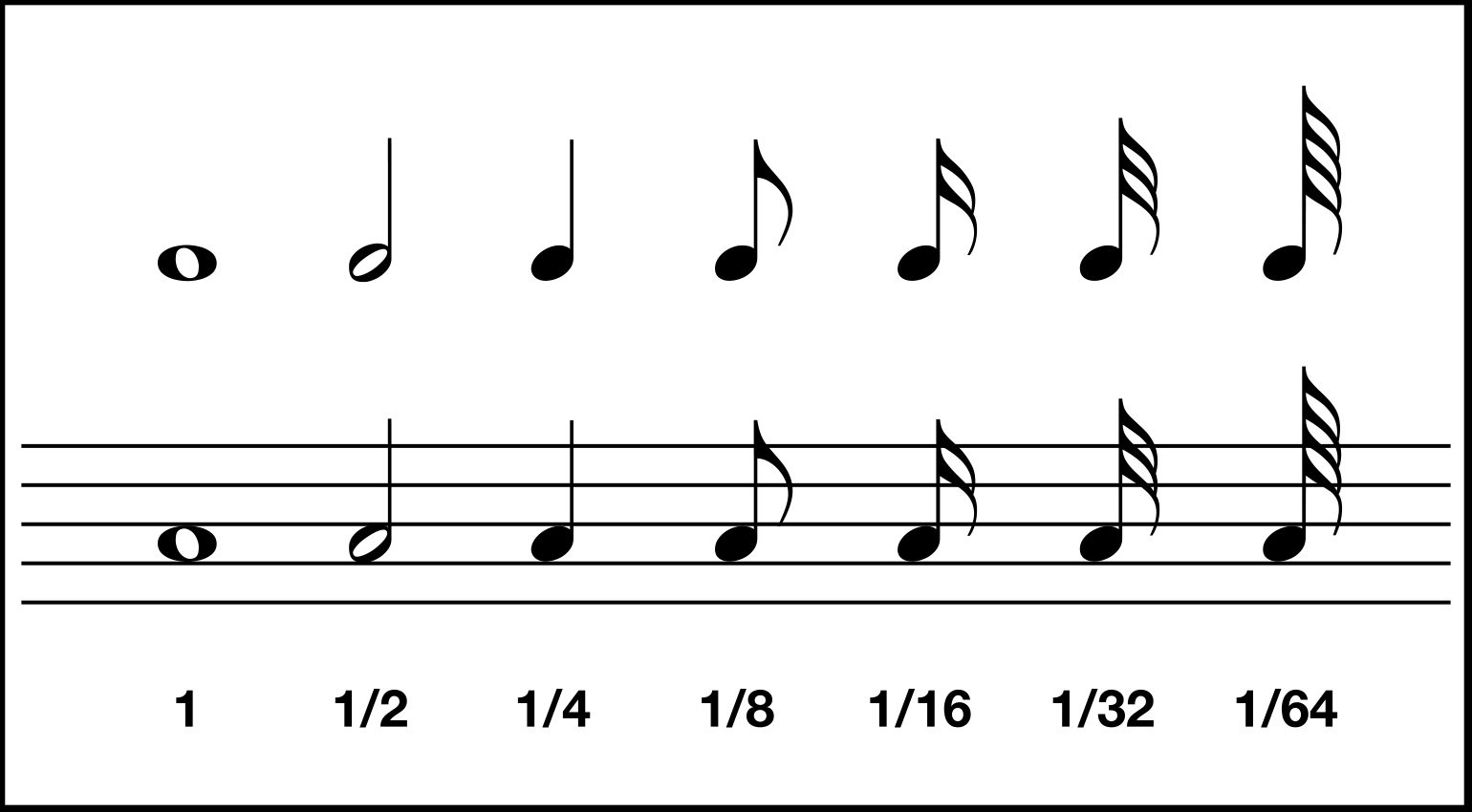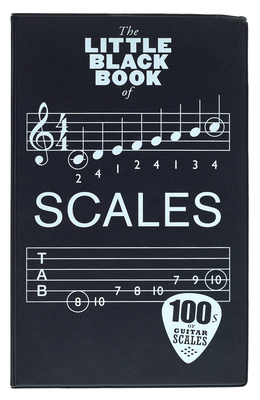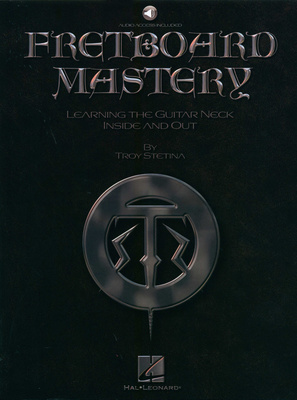Is Guitar Theory Hard? Unlocking the secrets of your instrument.
As a guitarist, you’re more than happy rocking out to your favourite songs, right? But how do dotted eighth notes, Phrygian phrases and monophonic structures fit in? What do they mean and is guitar theory hard? Let’s find out.
Is Guitar Theory Hard?
Picture back when you first started learning guitar; you most likely learned a riff like Smoke on The Water, scribbled down onto guitar TAB. No real problem there; TAB is universal, but moving ahead on your guitar playing journey, is it all you need? Maybe you’re wondering if now is the time to learn some guitar theory. Perhaps you’re wondering, is guitar theory hard?
Rhythm
I can hear you shouting at your screen, now, “But George, I’m a guitarist, not a drummer!”. Understanding rhythm is equally as important as being able to smash out the intro of Master Of Puppets. Rhythm can’t exist without melody, so understanding the basic terminology and theory of Rhythm should be a high priority.
In the Western world of music, the vast majority of music is in the time signature 4/4, translating into four beats in a bar. A time signature tells you simply how many notes are in a bar of music, and what kind of notes they are. Within that bar, you’ll find notes, all of which have their own names and functions.
Most will be familiar with quarter notes, or crotchets, which appear as a straight line with a filled-in circle below. Half a quarter note is an eighth note or a quaver. Semi-quavers are a sixteenth note. Then there are the larger note divisions of half notes or minims, and then the whole note or semibreve which lasts, you guessed it, the full four beats of the bar.
If you can do basic maths, then the music theory behind the understanding of rhythm really isn’t so hard!

Note values as they appear in traditional notation. Furthest left represents a full bar measure, furthest right the shortest note value that can be represented. · Source: Peter Hermes Furian
Melody
What is melody? We can define melody as the succession of pitches in a certain rhythm. Along with the rhythm, the melody is usually the most memorable part of a song, the bit that gets the listener hooked. Think of a classic riff, something like “Seven Nation Army” and it’s that succession of pitches that are most memorable.
For the most part, learning melody is one of the most straightforward aspects of guitar theory. Most guitarists are likely to be familiar with the order of notes, say starting from F, F# and working up to the twelfth fret returning to an E note.
In order to understand melody, you’ve also got to be clued up on the relationships between major and minor keys and overall ‘harmony‘. In this case, harmony refers to the relationship of the notes within a melody.
Scales
A collection of notes played in a set order based on many variables? No thanks! That doesn’t sound very rock n roll! However, it’s those scales that helped map out some of the most famous solos and musical phrases in history. Gaining a solid grasp of scales will really help to open up the fretboard, especially if you’re a soloist.
Generally, we have major and minor scales which are defined by having flattened and sharpened notes along the way. Major keys generally tend to sound “brighter”, Get Back by The Beatles, for example. Minor keys tend to sound “darker” and more sombre, think of A Forest by The Cure. Both songs are in the key of A but are major and minor variants respectively.
The simplest scale is the pentatonic; a five-note scale built on the root, starting note. In the major pentatonic, you’d have the 2nd, 3rd, 5th and 6th intervals, for example. The pentatonic scale is one of the most commonly used scales and is a staple of blues and rock soloing.
Getting a good grasp on scales will not only expand your knowledge of music theory, but it will also help you learn how to traverse your guitar’s fretboard.

Unlocking and understanding scales is a great way to improve you soloing skills! · Source: Ground Picture
Modes
Ok, now we’re starting to reach “expert level” theory; let’s delve into the world of modes: Ionian, Dorian, Phrygian, Lydian, Mixolydian, Aeolian and Lochrian. For you or I just wanting to play some cool-sounding riffs, are modes important?
We define modes as a selection of seven musical scales, each being taken from the diatonic scale. Overall, they have seven notes and include two intervals that are semitones (half steps) and five intervals that are tones (whole steps). Finding and identifying all seven modes can be extremely difficult, but they do link to our scales from earlier.
Each mode has a different pattern of notes depending on where it started and therefore all have a different sound. Ultimately, modes allow for a new musical flavour which enriches our listening, and playing experience.
Is Guitar Theory Hard?
Well, is it? The complexity and difficulty of music theory and guitar theory really all depends on how far you’re prepared to dive in. Equally, how hard guitar theory is, hinges on what theory can offer you as a guitarist.
If you just want to play some sweet riffs and jam with friends, then theory is perhaps something to consider later along your journey as a musician. Equally, the basic foundations of modes, scales, melodies and rhythms can be utilized in everyday playing. If you want to improve your improvisation skills, then why not look at brushing up on some different positions? Having trouble with strumming patterns? Then re-visit those rhythmic basics.
Is guitar theory hard? You need to find out in your own way…




4 responses to “Is Guitar Theory Hard? Unlocking the secrets of your instrument.”
 4,3 / 5,0 |
4,3 / 5,0 | 








“The simplest scale is the pentatonic; a chromatic descent from the starting note of the major or minor scale.”
What? No, that’s not what a pentatonic scale is. Pentatonic is a scale with 5 notes and is either major or minor. Major uses degrees 1, 2, 3, 5 and 6 from the major scale, minor uses 1, 3, 4, 5, 7.
What was described in the article is just 11 (/12) half-steps downwards, basically hitting every note from the root down.
*minor pentatonic uses notes from the minor scale respectively 🙂
Hi, BasicTheory. Thanks for the comments, I have now edited the article to add some clarity to what was there before! Thanks!
i need to learn more please